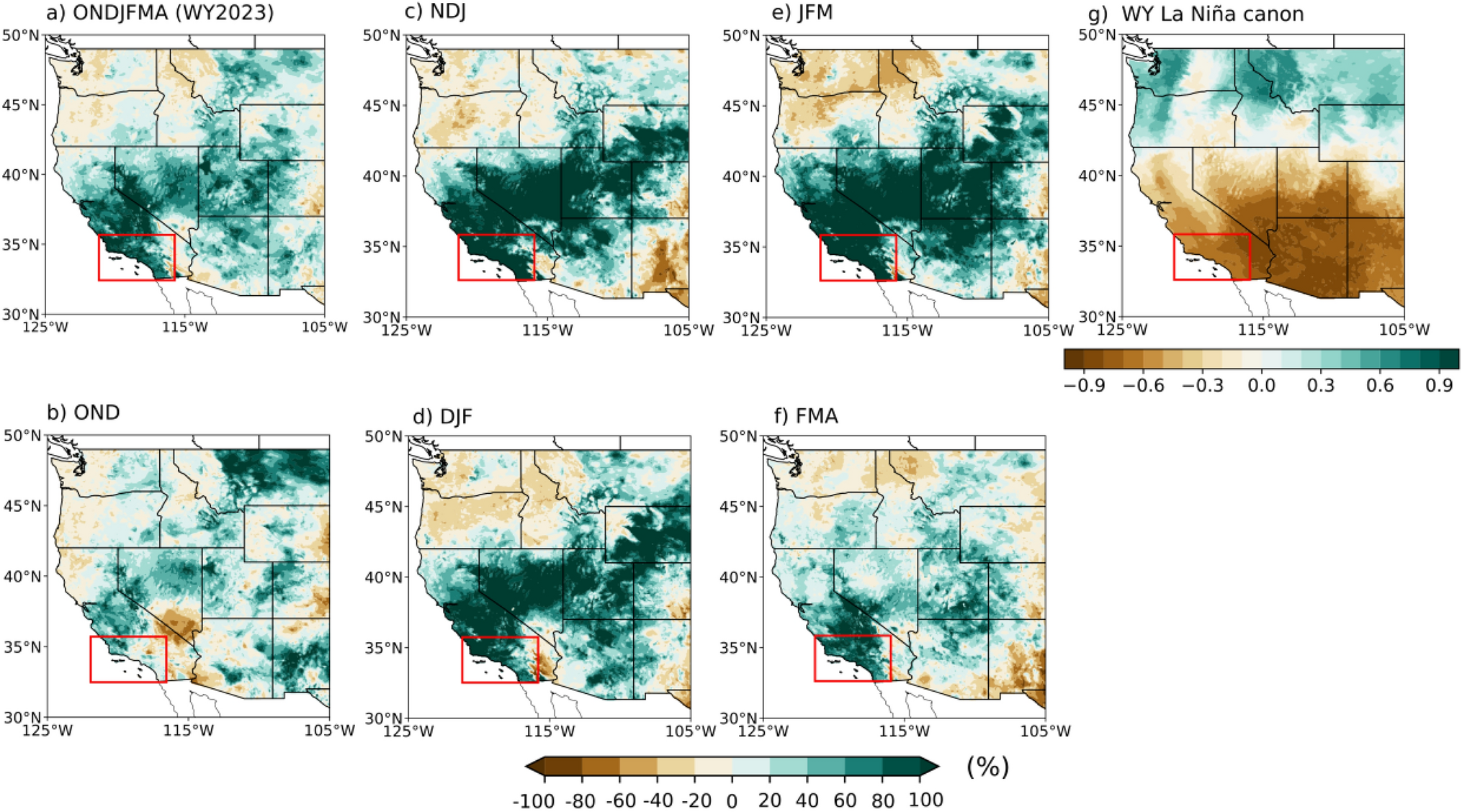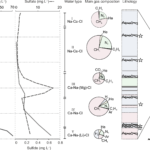2025-02-13 カリフォルニア大学サンディエゴ校 (UCSD)
<関連情報>
- https://today.ucsd.edu/story/atmospheric-rivers-explain-atypical-el-nino-and-la-nina-years
- https://link.springer.com/article/10.1007/s00382-025-07583-1
- https://www.nature.com/articles/s41598-019-46169-w
ENSOテレコネクションの異端:米国南西部における正統的な季節降水異常の撹乱要因としての大気河川 Heresy in ENSO teleconnections: atmospheric rivers as disruptors of canonical seasonal precipitation anomalies in the Southwestern US
Rosa Luna-Niño,Alexander Gershunov,F. Martin Ralph,Alexander Weyant,Kristen Guirguis,Michael J. DeFlorio,Daniel R. Cayan & A. Park Williams
Climate Dynamics Published:07 February 2025
DOI:https://doi.org/10.1007/s00382-025-07583-1

Abstract
In spite of forecasts for anomalous dryness based on the canonical La Niña signal, Water Years 2011, 2017, and 2023 brought copious precipitation to California and the Southwestern United States (SWUS). Although El Niño–Southern Oscillation (ENSO) is the main source of seasonal precipitation predictability for the region, outstanding Atmospheric River (AR) activity produced the unexpected regional wetness in each of these heretical water years (WYs). We define heretical WYs as those that result in precipitation anomalies that oppose those expected based on ENSO canon. We assess the contribution of ARs and other storms to these WYs, finding that heretical La Niña/El Niño WYs were characterized by anomalously robust/deficient AR activity. In California, precipitation accumulation during the heretical La Niña WYs was comparable to or even exceeded that observed during the exceedingly wet WY1998—the textbook canonical El Niño year. Our findings indicate a weaker/stronger relationship between ENSO and AR/non-AR precipitation, primarily driven by storm frequency. Although ARs can disrupt the ENSO-precipitation signal, ENSO still influences the frequency of AR precipitation in the southwestern U.S. desert, the region influenced by ARs that make landfall in Baja California, Mexico. These results highlight the complexity of ENSO’s impact on precipitation in the Western US and underscore the need for a nuanced understanding of ENSO’s influence on ARs to improve seasonal precipitation prediction.
北米西部における降水体制の変化: 大気河川の役割 Precipitation regime change in Western North America: The role of Atmospheric Rivers
Alexander Gershunov,Tamara Shulgina,Rachel E. S. Clemesha,Kristen Guirguis,David W. Pierce,Michael D. Dettinger,David A. Lavers,Daniel R. Cayan,Suraj D. Polade,Julie Kalansky & F. Martin Ralph
Scientific Reports Published:09 July 2019
DOI:https://doi.org/10.1038/s41598-019-46169-w

Abstract
Daily precipitation in California has been projected to become less frequent even as precipitation extremes intensify, leading to uncertainty in the overall response to climate warming. Precipitation extremes are historically associated with Atmospheric Rivers (ARs). Sixteen global climate models are evaluated for realism in modeled historical AR behavior and contribution of the resulting daily precipitation to annual total precipitation over Western North America. The five most realistic models display consistent changes in future AR behavior, constraining the spread of the full ensemble. They, moreover, project increasing year-to-year variability of total annual precipitation, particularly over California, where change in total annual precipitation is not projected with confidence. Focusing on three representative river basins along the West Coast, we show that, while the decrease in precipitation frequency is mostly due to non-AR events, the increase in heavy and extreme precipitation is almost entirely due to ARs. This research demonstrates that examining meteorological causes of precipitation regime change can lead to better and more nuanced understanding of climate projections. It highlights the critical role of future changes in ARs to Western water resources, especially over California.



